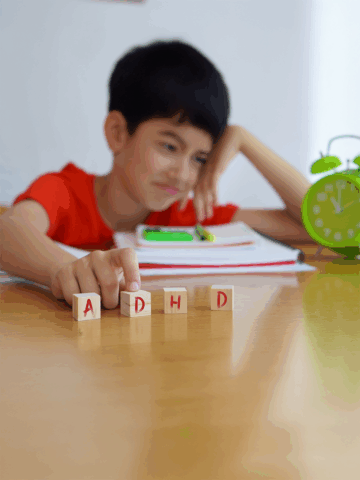All children experience days or periods of sadness or other deep emotion. It’s when those feelings are persistent and last longer than a several weeks that it may be time to seek professional help, according to mental health experts at CHOC.
Suicide is the second leading cause of death for individuals ages 10-24 in the United States. Suicidal children and adolescents may have depression, or a combination of other mental illnesses such as anxiety disorder, attention deficit disorder, bipolar disorder, or child-onset schizophrenia, says Dr. Heather Huszti, chief psychologist at CHOC.

Other signs that children may be depressed include:
- Changes in behavior, including appetite
- No longer enjoying activities they used to like
- Changes in sleeping pattern
- Always feeling tired,
- Isolating themselves socially
- These changes may be especially concerning if connected to a significant loss or change
“It’s difficult to imagine that children as young as 10 could attempt to end their lives, but unfortunately it can happen,” says Huszti. “The first thing parents can do to help their children is talking openly about mental health issues and any concerns they might have, including talking about the potential warning signs.”
Download your copy of CHOC’s “Let’s Talk About It” guide and learn how you can help start a conversation about mental health.
Warning signs that a child may be considering suicide include:
- Giving away possessions or making a will
- Threatening, planning, or joking about suicide
- Sending despairing texts or online messages
- Expressing feelings of failure or shame
- Avoiding friends and social situations
- Engaging in risky behavior
Always take warning signs seriously, advises Huszti. If your child, or anyone else, is in immediate danger of self-harm, call 911. Other local and nationwide resources are available, such as 24/7 suicide prevention lines and 24/7 crisis response services.





